AzotoBARVAR-1
Nitrogen Biofertilizer
 Introduction
Introduction
Nitrogen is the most needed nutrient for plant growth and development. It is a mobile element in nature with a high dynamism among atmosphere, soil and organisms. In plants, it is a basic ingredient of amino acids, proteins, nucleic acids, chlorophyll, vitamins and so on. When it is low, the growth of vegetative organs is ceased, photosynthesis is reduced and leaves turn yellowish. When available sufficiently, leaves are green, growth of stem and leaves increases and, as a result, the level of photosynthesis is high. Although three quarter of air atmosphere is nitrogen, it needs to be fixed in the forms of ammonia (NH4+) or nitrate (NO3-) to be absorbed by plants. This is mostly done by beneficial bacteria in soil.
 AzotoBARVAR-1 (Nitrogen Biofertilizer)
AzotoBARVAR-1 (Nitrogen Biofertilizer)
The so-called AzotoBARVAR-1 Nitrogen Biofertilizer contains live Azotobacter vinelandii strain O4 at 107 to 108 CFU per gram or ml and formulated to have a shelving life for at least six months. A. vinelandii is an obligate aerobic free-living gram negative soil bacterium capable of fixing nitrogen using three distinct nitrogenize systems active under fully aerobic conditions that typically inactivate the nitrogenize enzyme. However, oxygen transfer rate into the cell is reduced by the increase of alginate concentrations during the course of A. vinelandii growth. This phenomenon provides a low intracellular oxygen concentration needed for nitrogenize activity.
The researchers screened soil samples taken from the rhizosphere of agricultural crops for isolation of 26 A. vinelandii strains for which several physiological and biochemical characteristics were determined. Molecular identification was performed using selective nifH-g1 primers. The selected isolate, O4 strain, was able to fix atmospheric N2 on nitrogen-free medium at the rate of 326.4 moll C2H4 h−1 vial−1. This bacterial strain is active at high salt (up to 7%), wide range of pH (4 to 11) and high temperature (up to 45°C).
AzotoBARVAR-1 Nitrogen Biofertilizer is produced solely by Green Biotech Incorporation that take advantage of the latest mass production methods and equipment supervised by outstanding scientists to ensure good manufacturing practice carrying international certificates such as Quality Management System (ISO 9001), Environmental Management System (ISO 14001) and Corporate Social Responsibility (ISO 26000). The product, AzotoBARVAR-1 Nitrogen Biofertilizer, is also supported by several official documents including CE Mark, no heavy metal record and phytosanitary certificate. All the production steps including the packaging are performed in aseptic conditions. One of the important features of this product is the use of live bacteria on wet powder or liquid carriers. For quality assurance, all the steps and products are carefully controlled by experienced personnel at quality assurance unit. Such that, the finished products are packaged and released to the market after passing several quality control steps. After sale services and supports as well as post-sale monitoring ensure proper utilization of products and farmer satisfaction.
 Features
Features
• Replaces 50 to 75 percent of chemical nitrogen fertilizer (urea)
• Higher yield and quapty
• Excellent for organic farming
• Simple apppcation methods.
• Reducing fertipzer, transportation and warehousing costs
• Reduce the environmental hazards of chemical fertipzers
• Reduce soil-borne diseases
• Improve soil structure
• Using only 100-gram package per hectare (1 gram per tree)
 Special Suggestion
Special Suggestion
By mixing AzotoBARVAR-1 , PhosphoBARVAR-2 and PotaBARVAR-2 , NPK biofertilizer is in your hand to supplying nitrogen, phosphorus and potassium in healthy, safe manner fitted with the environment. Providing in separate packages helps quality assurance as well as farmers; decisions to use these bio-fertilizers individually, in pairs or all three together.
 AzotoBARVAR-1 for Crops
AzotoBARVAR-1 for Crops
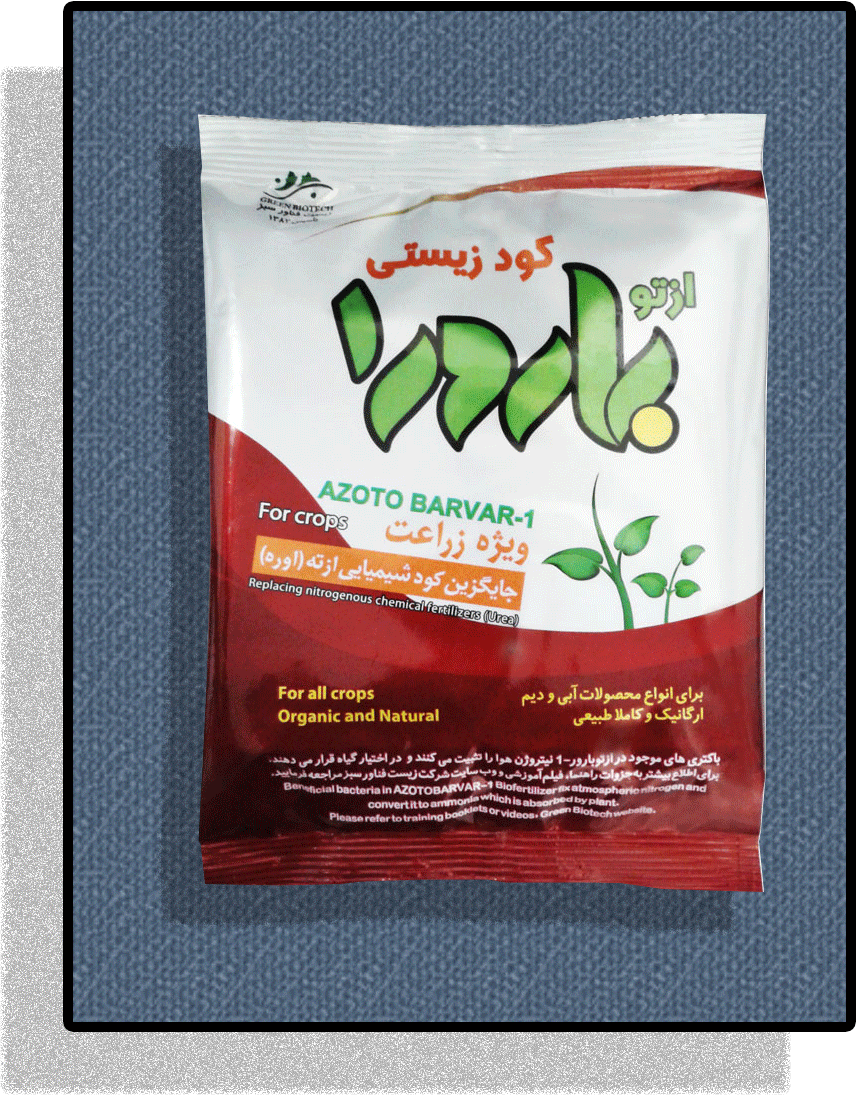
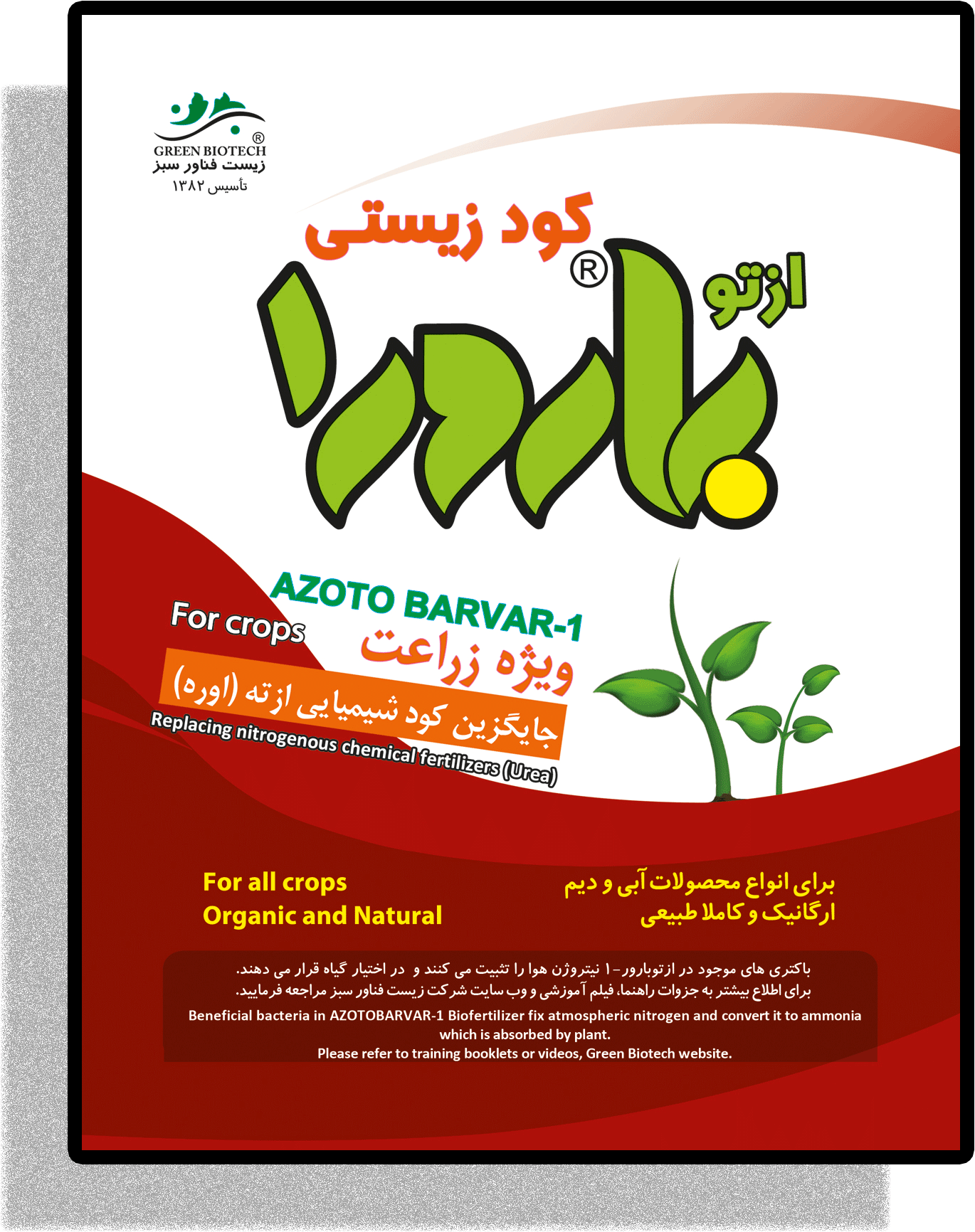
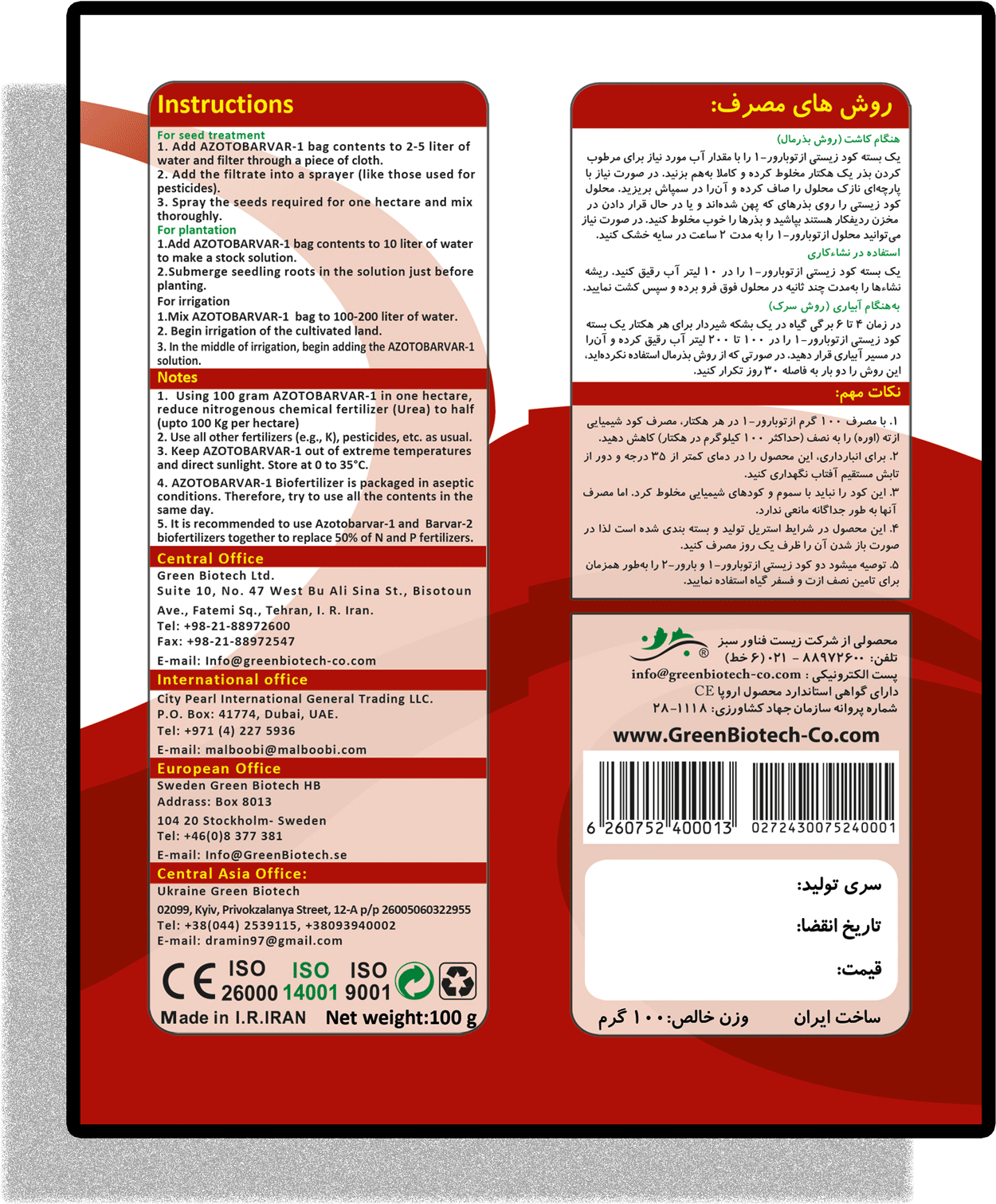
 AzotoBARVAR-1 for Trees
AzotoBARVAR-1 for Trees
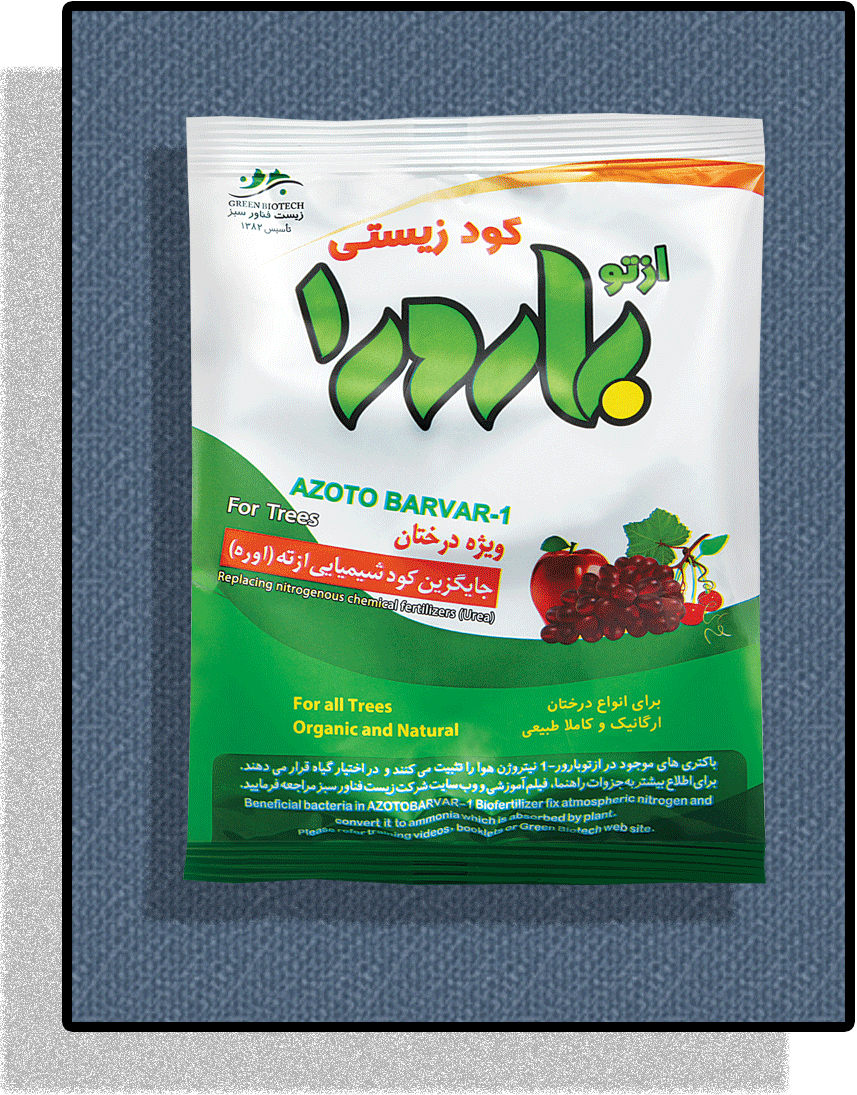
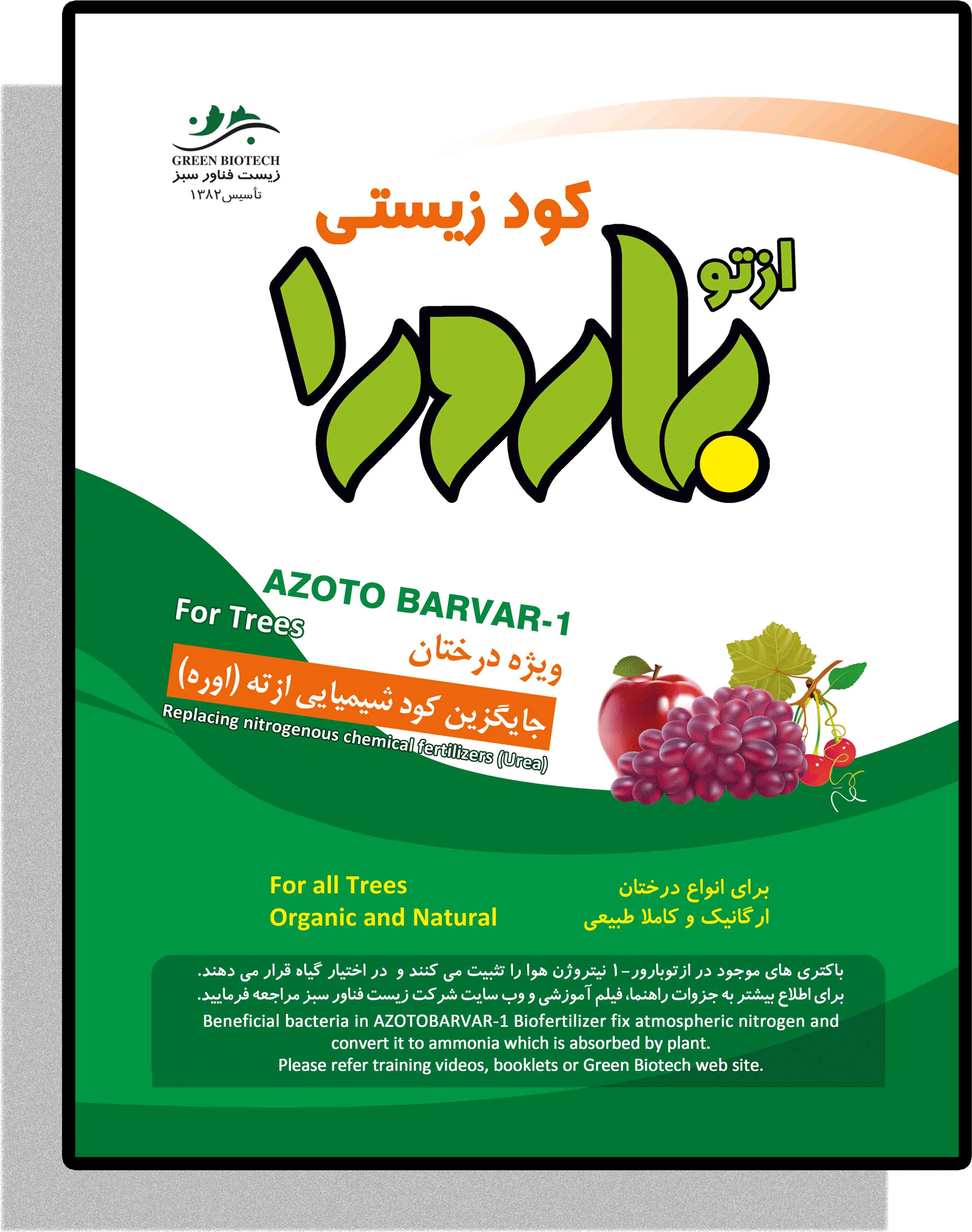
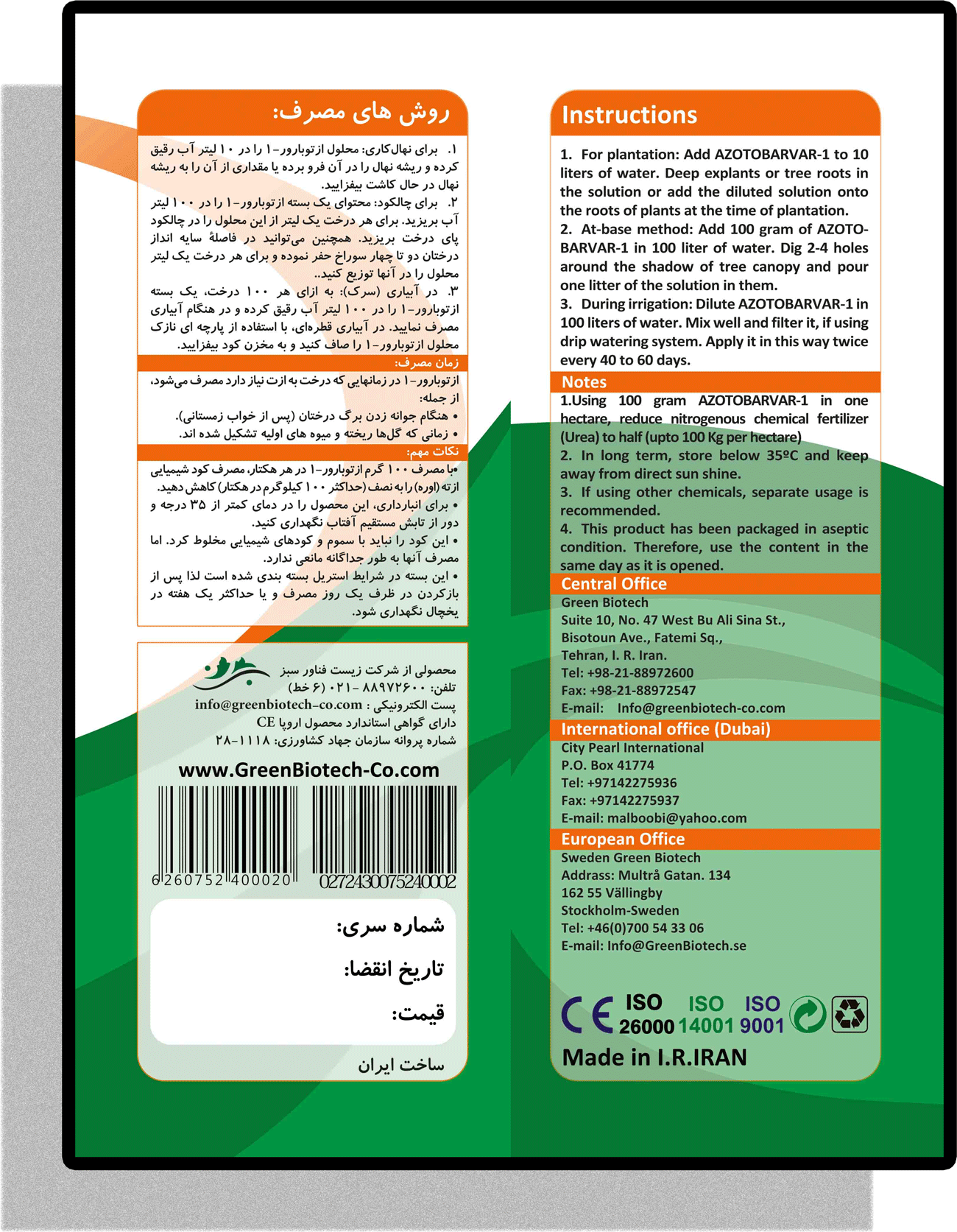
 Instructions
Instructions
 Recommendations
Recommendations
For the best results, apply AzotoBARVAR-1 as instructed below:
1. Reduce the consumption of chemical Nitrogen fertilizer for at least 50 percent.
2. Use all other fertilizers (e.g., P, K), pesticides, etc. as usual.
3. Keep the package out of direct sunshine and extreme temperatures, freezing or hot weather.
4. AzotoBARVAR-1 Biofertilizer is packaged in aseptic conditions. Therefore, try to use all the contents in the same day.
5. Our experiences during the past 12 years have shown that seed coating method causing higher yield increases In comparison to irrigation method because AzotoBARVAR-1 Biofertilizer must reach plant roots. In Irrigation Method, however; the outcome increases if an additional irrigation regime applied to the field after the first irrigation. Preferentially this step should be repeated in 40-50 days.
6. When making solution, please filter it through a piece of fine cloth before adding to a sprayer. The remaining particles on the filter are not the active material as the bacteria are suspended in the liquid and are invisible.
7. Avoid mixing AzotoBARVAR-1 with other chemicals (fertilizers, pesticides …). Application of them one after the other separately is fine.
 Instructions for Crops
Instructions for Crops
Seed treatment (e.g. wheat, potato, sugar beet or corn)
To make the stock solution, add the content of an AzotoBARVAR-1 package to 2-5 Liter water (depending on the size, and amounts of seeds). Filter the solution by passing through a fine cloth. The prepared solution should be more diluted if large volume is needed. Then:
1. Place the seeds on the plastic sheet (avoid direct sunshine exposure).
2. Add the solution into a sprayer (like those used for pesticides).
3. Spray the seeds required for one hectare and mix thoroughly.
4. Optional: Before planting let the seeds dry for 1 hour (to avoid sticking seeds to each other).
|
|
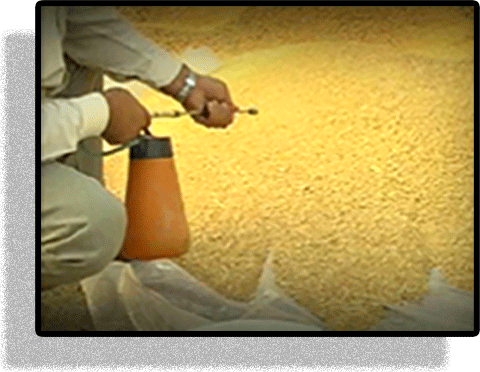 |
 |
Seedlings (e.g. tomato)
1. Add AzotoBARVAR-1 package content to 10 liters of water to make a stock solution.
2. Deep seedlings roots in the solution right before planting. Alternatively, add it into plantation tray.
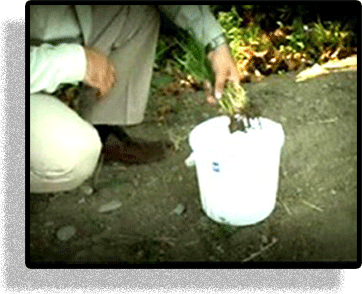
During irrigation
1. Mix AzotoBARVAR-1 package content with 50-200 liters of water
2. Begin irrigation of the cultivated land.
3. In the middle of irrigation, begin adding the AzotoBARVAR-1 solution.
4. Optional: This practice may be repeated 40 to 60 days later for a better outcome.
 Note
Note
Add the package contents to water and filter through a piece of fine cloth when adding to water barrel.
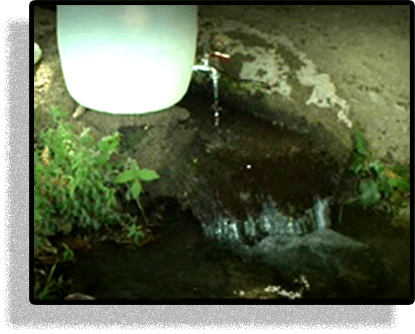
 Instructions for Trees
Instructions for Trees
To make the stock solution, add the content of an AzotoBARVAR-1 package to 2-5 Liter water. Filter the solution by passing through a fine cloth.
Planting trees
1. Add AzotoBARVAR-1 stock solution to 20 to 50 liters of water to make a stock solution.
2. Deep roots in the solution right before planting. Alternatively, add it onto the exposed roots before covering with soil.
|
|
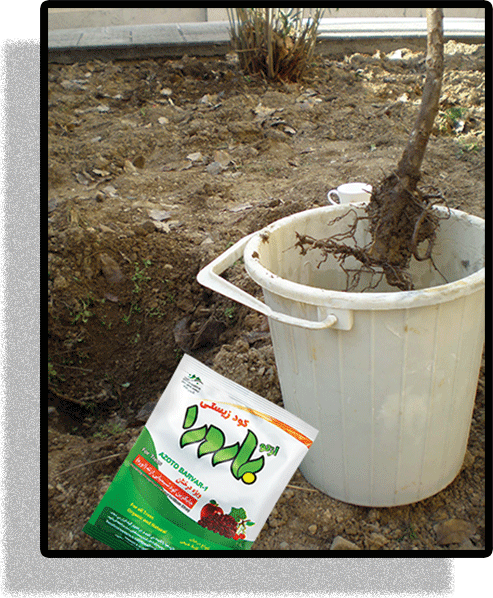 |
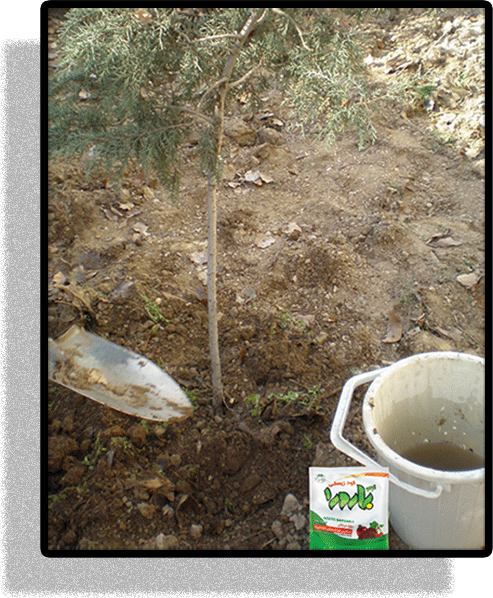 |
Fertilizing trees – The first method
1. Dilute AzotoBARVAR-1 stock solution in 100 liters of water.
2. Dig 2 to 4 holes around trees canopies to reach the young roots. You may do it by a tool as shown.
3. Pour a total of 1 liter of AzotoBARVAR-1 solution into the holes for each tree.
|
|
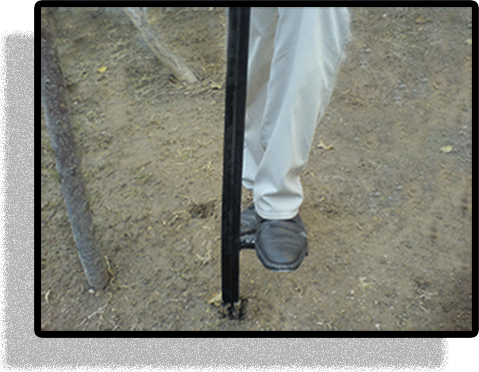 |
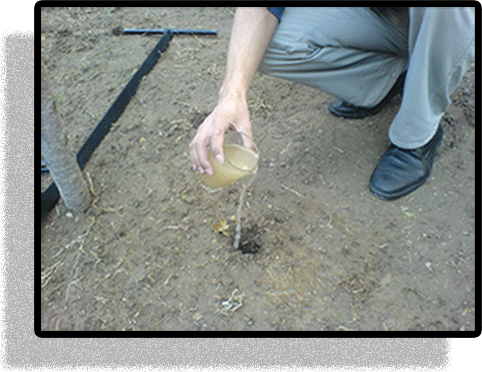 |
Fertilizing trees – The second method
1. Dilute AzotoBARVAR-1 stock solution in 100 liters of water.
2. Spray onto the dug holes before adding other organic or chemical fertilizers.
During irrigation
1. Dilute AzotoBARVAR-1 stock solution in 50-200 liters of water.
2. Begin irrigation of the garden.
3. In the middle of irrigation, begin adding the AzotoBARVAR-1 solution.
4. Option: This practice may be repeated 40 to 60 days later for a better outcome.
 Application time
Application time
In crops:
Step 1: seedtreatment method in the time of sowing.
Step 2: irrigation method at 4 to 6-leafs stage.
In trees:
Step 1: at the time of the first leaf buds emergence (after verbalization).
Step 2: at the time of falling flowers and forming fruits before ripening.